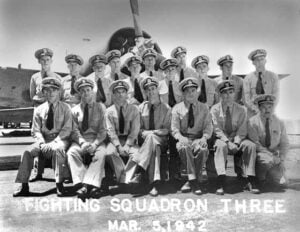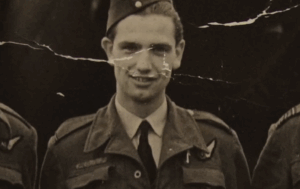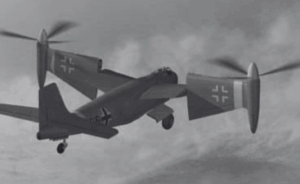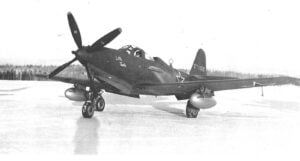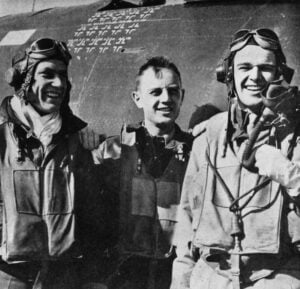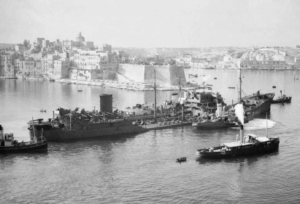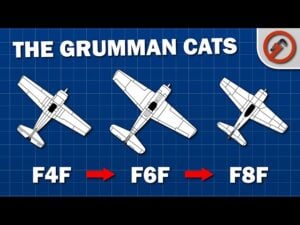The American Bomber Buried in Australia’s Landfill
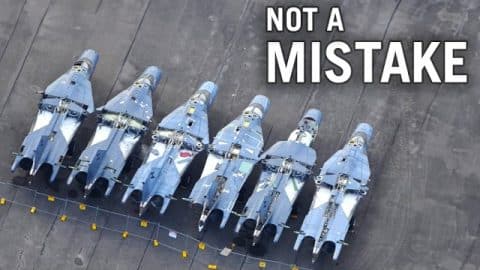
YouTube / Not What You Think
The F-111 Aardvark was undoubtedly one of the most technologically advanced planes of its era. It has variable-sweep wings, an ejection cockpit, and terrain-following capabilities. But why did Australia go through ten defense ministers to receive its F-111s only to end up burying these planes underground?
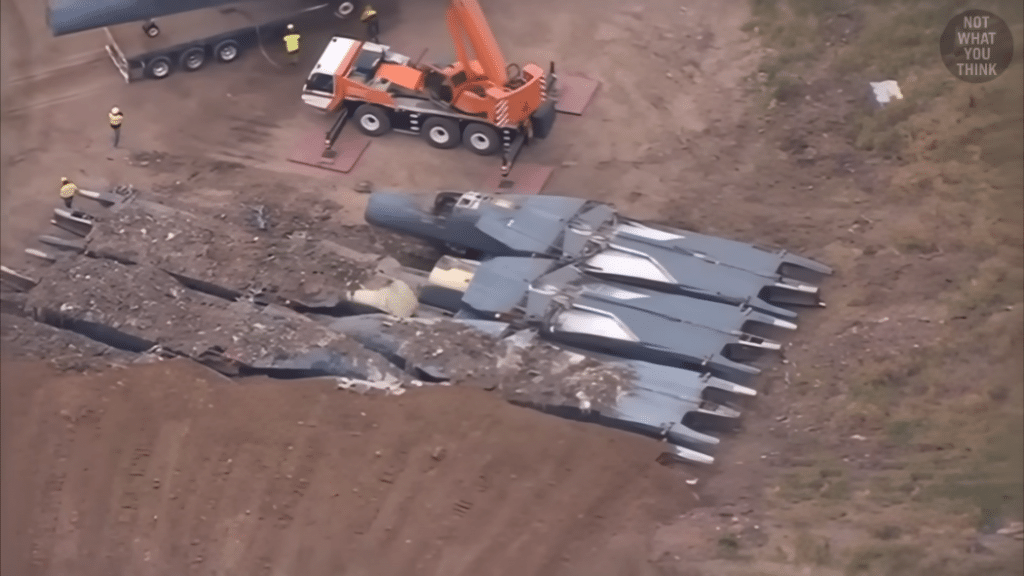
Why Was the F-111 Developed?
When the US U2 spy plane was shot down by Soviet Air Defenses, they set a requirement for a new jet for strategic bombing missions. At the same time, the US Navy was also looking for a high-endurance interceptor aircraft to protect carrier battle groups against long-range anti-ship missiles launched from Soviet Jet bombers and submarines.
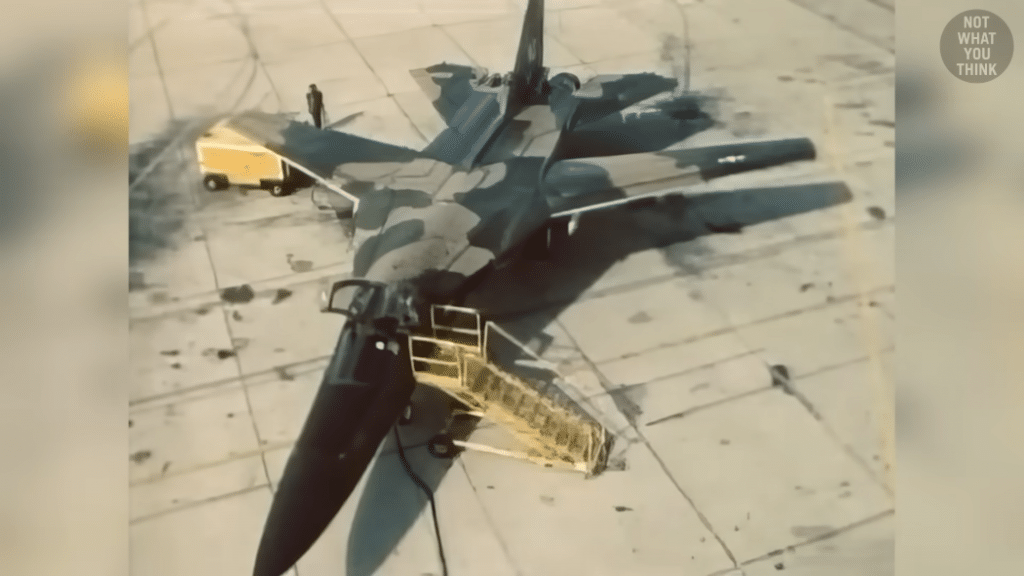
General Dynamic’s proposal was selected because of the greater commonality between its Air Force and Navy variants. Thus, an order was placed for 18 Air Force variants designed as F-111A and 5 navy variants designated as F-111B. The Navy’s F-111B would have a shorter nose so that it could fit on aircraft carrier elevators.
Australia’s Own Variant
During this time, Australia was also in search of a platform that could give them a credible deterrent against threats from larger regional powers. The F-111, with its long-range and significant payload capabilities, was ideal for deep strike missions and was capable of reaching targets far beyond Australian shores.
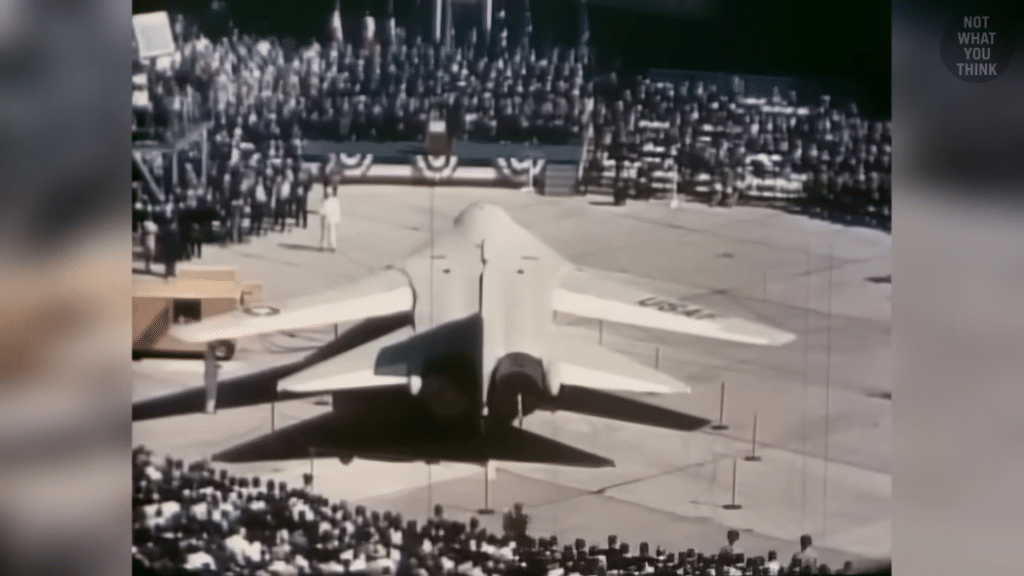
Thus, in 1963, Aussies also placed an order for their variant of the plane- the F-111C. After five years of delays, on June 1, 1973, the first six F-111C planes arrived in Amberly, Queensland. Since it was first ordered, Australia went through five prime ministers, and ten defense ministers, but the F-111 was definitely worth the wait.
Australia’s Troubles with the F-111’s Self-Sealing Fuel Tank
After they arrived, personnel noticed that the F-111Cs were leaking fuel, and the fuel tank’s sealant had deteriorated. Thus, a fleet of white sealant removal and replacement programs started.
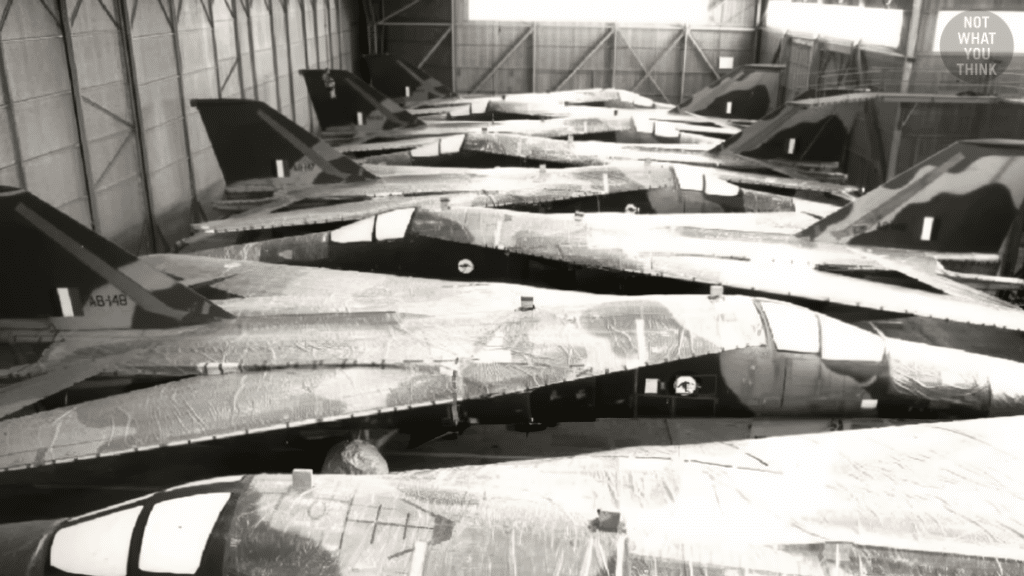
In over 23 years, hundreds of maintenance staff were required to work inside fuel tanks which eventually led to health problems and even death. As a result, the Australian government would wind up approving a multi-million dollar budget for former F-111 fuel tank maintenance crews and their families.
Why Was the F-111C Buried in a Landfill in Australia
After the plane’s retirement from service, 13 of the surviving planes were preserved in aviation museums and Air Force bases. The remaining 23 were buried in a landfill in 2011.
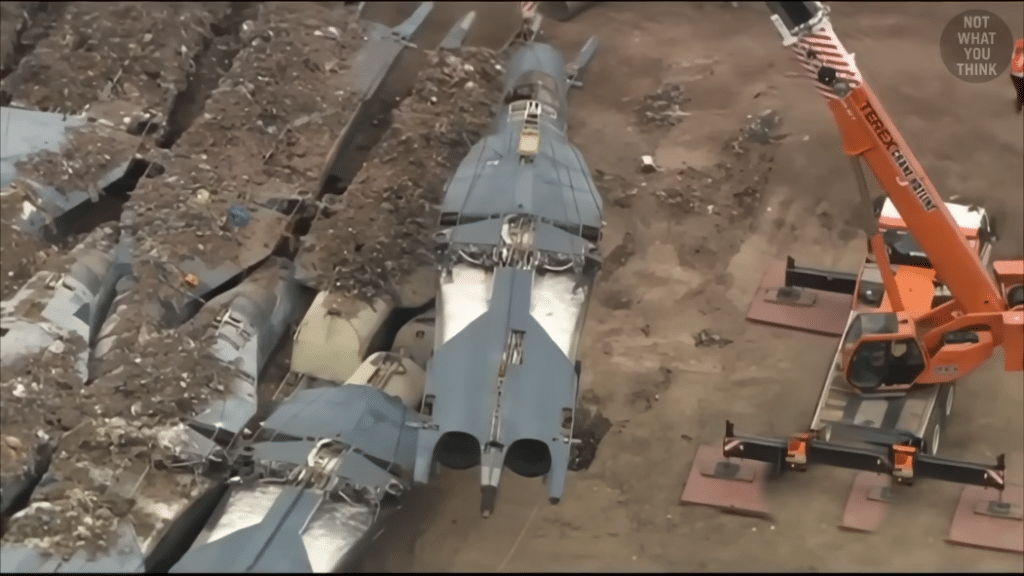
While many were upset with this decision, the Australian military had previously made an arrangement with the US government to securely dispose of the planes. The fuselage was made out of panels that were bonded with asbestos, which is a toxic material that was commonly used for heat-resistant properties. This made recycling a costly option, and the airframes were buried instead.














